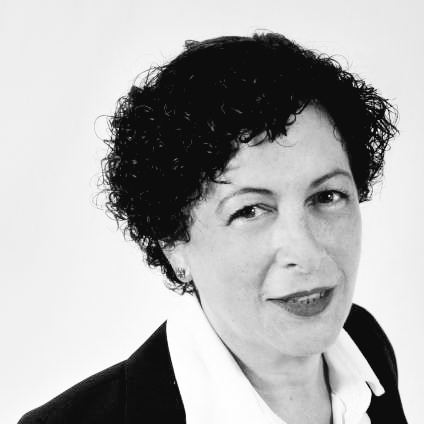
Until recent years, businesses seeking on site solar energy had to negotiate a thicket of regulatory glitches and permit issues for solar installations. Practically every solar buyer had to reinvent the wheel, leading to increased costs at the least, and insurmountable obstacles at the worst.
Fortunately, those days are fading into memory as the solar market matures. In the latest sign that it's getting easier to go solar, 200 US cities and counties -- accounting for a population of almost 60 million people -- have signed on to the SolSmart solar engagement program.
SolSmart takes on the soft cost of solar energy
SolSmart is funded by the US Department of Energy. It launched in 2016 with the aim of enlisting local governments to help encourage the growth of the solar industry.The initiative is lead by the International City/County Management Association and The Solar Foundation along with private and public sector partners.
In terms of national economic interests, the bottom line motive behind the launch was the recognition that the solar industry is a leading source of job growth in the US.
The interest of the business community in using and promoting renewable energy is also a strong factor.
Local governments are also interested in leveraging solar energy and other renewables to attract new businesses, grow jobs and improve resiliency and reliability.
The problem identified by SolSmart has to do with the "soft" cost of solar energy. Solar panels only account part of the cost of getting a solar array. Labor, administration, marketing and other elements come into play when solar companies price out their installation costs.
The current patchwork of local zoning rules and other regulations also adds to costs. Burdensome rules can also make it difficult for solar companies to expand into new markets:
...Unnecessary paperwork, red tape, and other burdensome requirements increase costs and discourage solar companies from moving to the area. By streamlining these requirements and taking other steps to encourage solar development, communities become “open for solar business.”
Tackling soft costs was a major project for the Department of Energy during the Obama Administration, as part of the broader SunShot initiative aimed at bringing the cost of solar down to parity with fossil fuels.
The payoff is the assembly of a deep pool of technical expertise and best practices, which cities and counties can tap into -- free of charge -- by joining SolSmart.
Go solar the SolSmart way
SolSmart officially announced its 200th participant earlier this month. That honor went to Lee's Summit, Missouri.
The SolSmart designation makes a significant difference. For example, in some localities solar permitting can take weeks if not months. SolSmart's "gold" participants have reduced that time to three days or less.
SolSmart participants also review their zoning rules for potential obstacles, and they look for opportunities to create new efficiencies at the inspection end of the installation, too.
Community engagement is another hallmark of SolSmart participation. Two examples cited by the organization are the Indiana cities of Goshen and South Bend, which launched "Solarize" discount programs for residents. That initiative alone resulted in almost 100 new installations.
SolSmart also encourages local governments to dig deeper into the new solar economy:
Other actions SolSmart communities have taken include installing solar on government buildings, developing “solar-ready” construction guidelines, integrating solar PV with energy storage, hosting community-wide solar workshops, and training local government staff.
Speaking of that solar tariff...
The new solar tariff was vigorously opposed by all but a few US solar energy stakeholders. The main argument was that the new tariff would eliminate thousands of solar jobs by raising the cost of photovoltaic panels imported to the US.
The worst of those fears have not been realized, and that's partly thanks to the renewable energy leadership role taken on by state and local governments as well as the business community.
Add cost-cutting innovations in the pipeline and the prospect of new risk mitigation tools, and the future of solar energy looks rosier than ever.
The lesson learned is that support for solar energy and other renewables breaks down sharply along partly lines when it comes to national energy policy, but state and local stakeholders still have a strong voice and can exert significant influence on their communities.
With that in mind, check out SolSmart's handy interactive participant map. If your community is not on board yet, contact your state or local agencies and get the SolSmart process started.
Photo: SolSmart via Facebook.

Tina writes frequently for TriplePundit and other websites, with a focus on military, government and corporate sustainability, clean tech research and emerging energy technologies. She is a former Deputy Director of Public Affairs of the New York City Department of Environmental Protection, and author of books and articles on recycling and other conservation themes.














